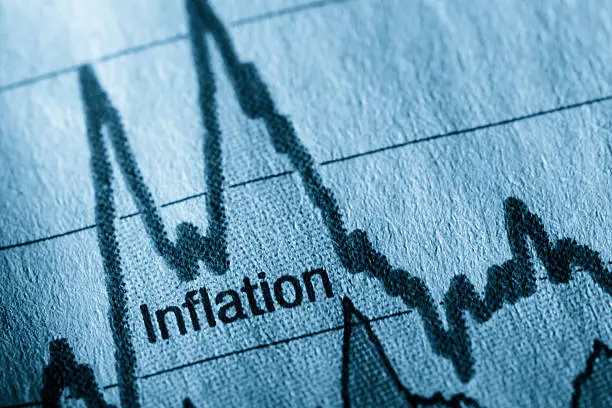Since taking office in December 2023, Javier Milei has implemented a series of economic reforms aimed at structurally transforming the Argentine economy. Focusing on fiscal discipline, public spending reduction, market deregulation, and the promotion of the private sector, his administration has made decisive strides to correct inherited macroeconomic imbalances. The latest indicators suggest that this strategy is beginning to yield positive results, setting a path toward stability and sustainable growth, and marking a clear departure from previous crises.
Evidence of Economic Recovery
Recent data from INDEC and J.P. Morgan provide valuable insights into the evolution of economic activity in the context of the macroeconomic adjustment of 2023:
- Resilience Compared to Past Crises: Unlike previous downturns, such as the 2008-2009 global financial crisis, the 2015 adjustments, and the 2020 pandemic, the current economic stabilization shows a more contained recessionary impact. This indicates a smoother transition compared to past episodes.
- Faster and More Sustained Recovery: The latest trends reflect a quicker and more sustained recovery. Unlike the prolonged and erratic recoveries seen in past crises, the current curve demonstrates increased market confidence and economic optimism, laying the groundwork for a robust rebound.
Key Pillars of Milei’s Economic Strategy
-
Fiscal Consolidation:
- Historic Adjustment: The administration has executed one of the most significant public spending adjustments in Argentina’s history. The goal is to achieve a primary surplus, reducing reliance on inflationary financing.
- Monetary Stability: By curbing monetary issuance, the government has contained inflation and stabilized market expectations.
-
Deregulation and Business Environment:
- Cutting Red Tape: The removal of burdensome regulations has lowered operational costs for the private sector, encouraging new investments and job creation.
- Boosting Business Confidence: Increased business confidence indicators reflect a shift in expectations, with rising private capital interest in Argentina.
-
Trade Liberalization:
- Global Integration: Milei’s administration has pursued a trade liberalization policy, removing trade barriers and promoting international agreements to attract foreign investment and enhance competitiveness.
- Overcoming Protectionism: This strategy addresses years of protectionism that hindered the growth of key sectors and limited productivity.
-
Private Sector-Driven Growth:
- Reduced State Intervention: By minimizing state intervention and enhancing business conditions, the government has fostered an environment conducive to investment and production.
- Sustainable Economic Model: This approach aligns with successful global economies, promoting efficiency and innovation as drivers of sustainable growth.
Outlook and Prospects
Available data indicate that Milei’s economic adjustment is starting to produce positive effects, with a faster and more sustained recovery compared to previous crises. Unlike short-term solutions of the past, this strategy focuses on structurally transforming the economy, ensuring stability and long-term growth.
If the reform trajectory continues, Argentina is poised to break free from stagnation and establish itself as a competitive global economy.







Leave A Comment